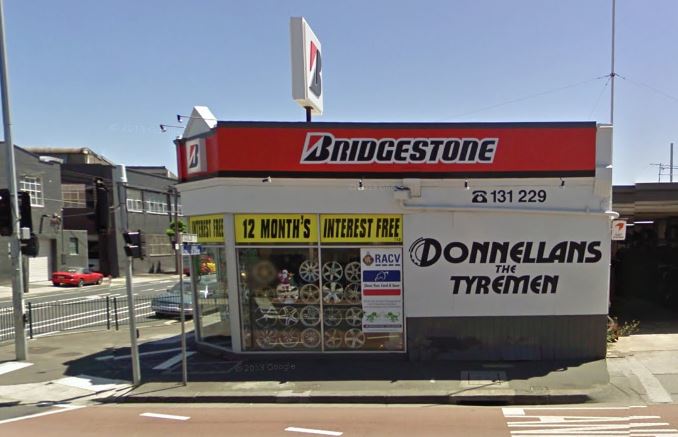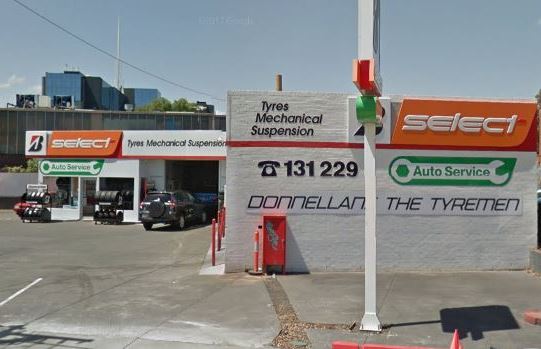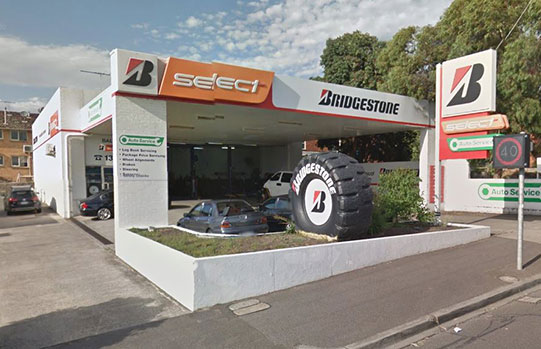Back to Latest News
Payload vs Towing Capacity
When looking at purchasing a vehicle such as a wagon, SUV or ute, it’s important to understand the load capacities and how vehicles are rated under Australian Standards.
The simplest explanation is the payload, or GVM, is the weight of your vehicle plus whatever fits in it. That might include passengers, luggage, a load of soil in the tray or anything else that weighs down on the suspension on your vehicle.
If you’re looking to escape to the countryside with the 4WD, caravan, family, dog and more, read on to find out how to stay legal and safe.
How do I find my payload capacity?
In Australia, vehicles are often supplied with weight specifications for GVM and GCM. These stand for Gross Vehicle Mass and Gross Combination Mass, respectively. Also on the sticker, you’ll often see a towing capacity of around 2800-3500kgs.
It would be great if we just had to ensure we didn’t exceed this figure and be on our way, but vehicle weights are unfortunately not that simple.
What is GVM?
GVM stands for ‘Gross Vehicle Mass,’ which is the maximum allowable weight that a vehicle can be, including the weight of the vehicle itself, all fluids such as engine oil, fuel, coolant, as well as passengers, cargo and any aftermarket accessories such as bullbars, racks and so on.
When a towed trailer is fitted to the vehicle, the tongue weight (that is, the vertical weight put on the tow ball) counts against your GVM, rather than against towing capacity.
What is GCM?
GCM is short for ‘Gross Combination Mass.’ This term describes the maximum allowable weight for the vehicle, vehicle payload and any towed trailers including trailer payload.
Think of GCM as everything on, in and behind your vehicle combined.

How do I know my payload capacity?
If your owner’s manual doesn’t specify what your vehicle’s payload is, you can figure out how much you can carry by taking your GVM and subtracting the unladen weight of your vehicle.
The resulting number is how much you can load your vehicle up with before surpassing the manufacturer’s recommended maximum.
It’s important to note that you can’t just put all your vehicle payload in one spot on the car as each axle has its own dedicated weight limit, which will be listed in your owner’s manual. You can’t put 100% of your payload over the rear, or your axle limit will be exceeded as well as compromising your handling.
How do I know my towing capacity?
Manufacturers will often state a maximum allowable towing capacity as a nice big round number that looks good on the brochure, but the answer often isn’t that simple.
In most cases, vehicles will have a maximum payload capacity and a maximum towing capacity that cannot both be taken advantage of at the same time without exceeding the GCM.
So are vehicle manufacturers dishonest?
Manufacturers aren’t necessarily being dishonest, it’s just the average consumer only cares about one number (apart from price) when shopping for 4WDs and SUVs, and that’s “How much will it tow?”.
A practical example.
It’s great to read lots of text, but let’s take a look at an example of a common vehicle. In this example, we’ll use a 2021 Ford Ranger 4x4 XL Double Cab Pick-up with the 3.2 Diesel and automatic transmission, although most manufacturers suffer from this same example so don’t think we’re picking on a particular vehicle manufacturer. From reading the sales brochure, the stats for this vehicle are as follows:
- GVM - 3200kg
- Kerb Weight - 2135kg
- Front axle max load - 1480kg
- Rear axle max load - 1850kg
Earlier on, we learnt that your payload is GVM - Kerb Weight which in this case equals 1065kg. Now let’s add a 3.5 ton caravan with a 10% tow ball down weight, taking up 350kgs of our payload capacity and leaving us 685 kg left which sounds pretty reasonable for two adults, two kids, as well as food and clothes for a few days away.
But we haven’t yet factored in the CGM and the weight of our caravan.
- GCM - 6000kg
- Caravan Kerb Weight (loaded) - 3500kg.
If we take our GCM and subtract our trailer weight, vehicle kerb weight and factor in our 350kg payload penalty for towball weight, we’re left with 15 kilograms.
And that’s before you put any items whatsoever into the vehicle including you as the driver or accessories such as bullbars, roof racks and other items.
What are the dangers?
Improperly loaded vehicles can suffer a variety of issues such as poor handling, damaged components and instability when braking. However, the main issue is the lack of insurance coverage when your insurance company find you’re overweight in the unfortunate event of an incident.

How can I avoid an overweight vehicle?
The very best way to avoid an overweight vehicle is to weigh your vehicle when it’s loaded up just like how you would on a typical trip away.
If you don’t have access to a store with scales, you can visit a local waste transfer station or truck weighbridge to see if you can use theirs. You will want to weigh your trailer and vehicle separately as well as the downweight on your towball when the trailer is loaded the same as you typically do.
Contact the experts today!
Donnellans are your local experts when it comes to tyres, wheels, suspension and engines. We offer a range of quality aftermarket brands, genuine automotive parts through our logbook servicing programs and more.
Visit us today! Find your location at the link below.
Contact us today!







